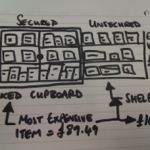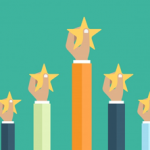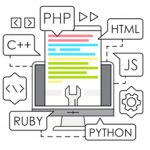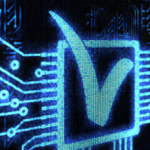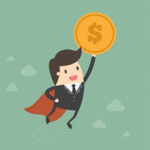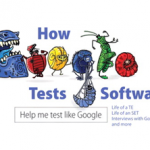| This article was adapted from a presentation titled “How to Optimize Your Web Testing Strategy” to be presented by Hung Q. Nguyen, CEO and founder of LogiGear Corporation, at the Software Test & Performance Conference 2006 at the Hyatt Regency Cambridge, Massachusetts (November 7 – 9, 2006). Click here to jump to more information on STP CON. |
Introduction
The following article provides a brief overview of the process for formulating a software test strategy, the key things that need to be included, and the many critical questions that you should be asking yourself.
Formulating a Test Strategy
Some of the key things to remember when formulating a software test strategy are:
- It is teamwork, not something done by an individual or developed “on-high” and passed down to be implemented
- It requires all stakeholders to participate
- It requires executive support
- It requires that participants think outside-of-the-box––in essence, they should start with a blank piece of paper and not start the process with preconceived notions or approaches that represent the way things have always been done
- It requires a lot of asking, “Why?”
- It requires thinking from the bottom-up, and starting from the end
A formulated software test strategy should include many key things, including:
- Identifying different product development styles from inception through maintenance, so that we can eventually map the appropriate test strategy to each
- Mapping out phases, milestones, and relevant activities on a timeline
- Identifying the equivalent type of test strategies for each development method
- Prescribing what is involved in each test strategy
When undertaking the process of formulating a test strategy you should be asking yourself:
- What are your quality objectives or characteristics? Examples of quality objectives include: functionality, usability, performance, security, compatibility, scalability, and recovery.
- What are the requirements for each characteristic?
- What are the types of bugs that affect each quality characteristic?
- What are the test types or activities needed to support finding problems described in #3? These may include things such as: design reviews, code inspection/reviews, code walk through, design walk through, unit testing, API testing, external functional testing, usability testing, accessibility testing, configuration testing, compatibility testing, regression testing, performance testing, load testing, stress testing, failover/recovery testing, installation testing, security testing, and compliance testing.
- What are the most effective approaches to finding specific types of bugs as early as possible? Approaches may include: requirement-based testing, scenario-based testing, story-based testing, soap opera testing, model-based testing, attack-based testing, risk-based testing, fault injection, Diagnostic Approach to Software Testing (DAST), exploratory testing, and so on.
- What is the required application maturity to support #4?
- How would #5 and #6 be mapped to the various phases in the Software Development Life Cycle (SDLC)?
- How would you qualify the maturity of the software to determine that it has reached its milestone?
- How do you quantify and measure your work?
- What tools can help you improve your work and which framework is needed to implement the tool successfully?
The results of such a strategy formulation process can be:
- A reduction in the number of missed bugs
- Few or no missed critical bugs
- Test Automation frameworks that are deployed for better visibility, maintainability and productivity
Conclusion
“Strategy without tactics is the slowest route to victory. Tactics without strategy is the noise before defeat.”.
– Sun Tzu
LogiGear Software Test & Performance Conference 2006 Presentations
Presentations to be delivered by LogiGear at the Software Test & Performance Conference 2006 include:
- Wednesday, Nov. 8, 8:30 am to 10:00 am – “Effectively Training Your Offshore Test Team” by Michael Hackett
- Wednesday, Nov. 8, 1:15 pm to 2:30 pm – “How to Optimize Your Web Testing Strategy” by Hung Q. Nguyen
- Wednesday, Nov. 8, 3:00 pm to 4:15 pm – “Agile Test Development” by Hans Buwalda
- Thursday, Nov. 9, 8:30 am to 10:00 am – “Strategies and Tactics for Global Test Automation, Part 1” by Hung Q. Nguyen
- Thursday, Nov. 9, 10:30 am to 12:00 pm – “Strategies and Tactics for Global Test Automation, Part 2” by Hung Q. Nguyen
- Thursday, Nov. 9, 2:00 pm to 3:15 pm – “The 5% Challenges of Test Automation” by Hans Buwalda
To register or for more information on STP CON, see: http://www.stpcon.com/



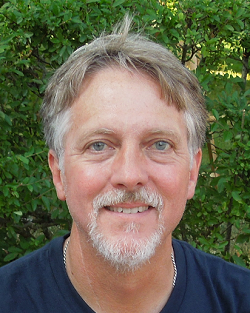 Rob Pirozzi
Rob Pirozzi


